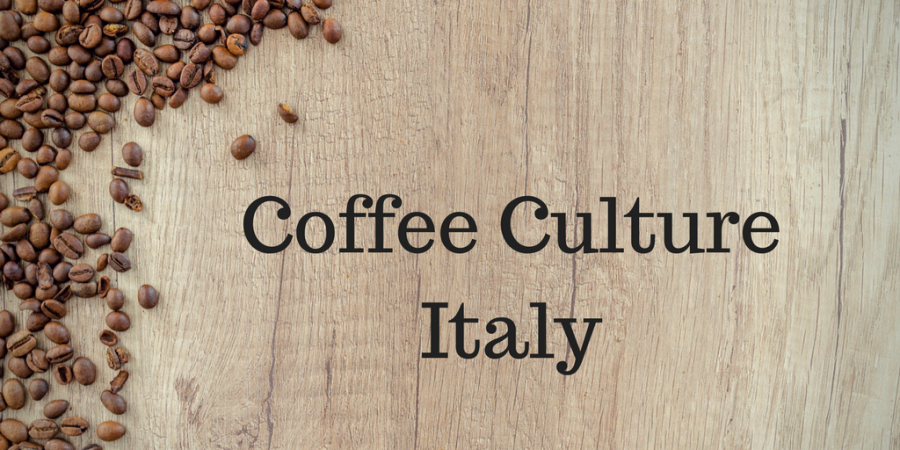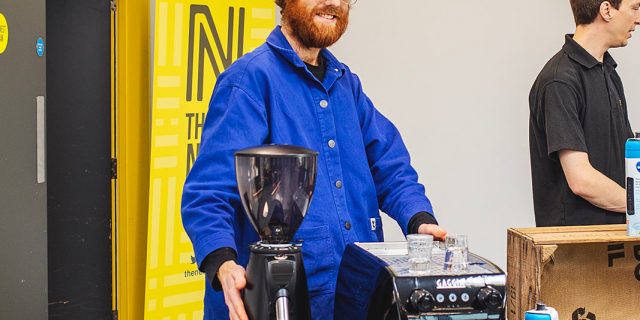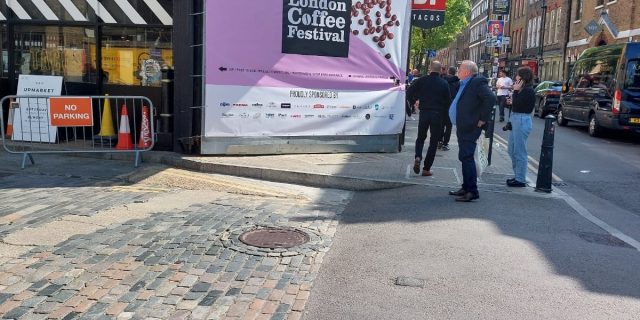East Anglia’s Best Barista 2025 - New challenges, new prizes, same prestigious title. WHEN AND WHERE…
What is Italian Coffee?
After a recent trip to Italy, and drinking far too many espressos; I found myself asking… What exactly is Italian Coffee?
Italian coffee has always been on somewhat of a pedestal and is famous throughout the world.
Often when we think of Italian coffee we start to conger up images of a well-dressed character serving espressos in a traditional espresso bar.
However what is actually being served to us in these little espresso cups, is definitely not Italian, and more than likely from the other side of the world!
Confused?
The reason behind this is that Italy itself does not actually grow or produce any green coffee commercially.
The vast majority of Italy does not contain the correct growing conditions for coffee, and any coffee that could be grown would be on such a small scale it would not be cost-effective to do so.
When we talk about other coffee countries coffee like Ethiopia, Colombia, Brazil etc. we are talking about coffee growing countries and we generally start thinking of the growing regions and the unique flavours you can get from these coffees across the different origins. This is different to Italian coffee, as we are normally talking more about a coffee culture. Or a roast style as supposed to a specific coffee bean or origin.
Italian style coffee can be made up of any different beans and a vast range of origins and is normally roasted on the darker to give it a strong flavour and body that we are all familiar with. The classic Italian style coffee will often contain Robusta which again has a thick body and strong flavour of a powerful caffeine kick.
Italian coffee, however, has not always been like this. Italian coffee used to be made almost exclusively with Arabica which is generally accepted as having a smoother and more acidic flavour compared to Robusta coffee, as well as half the amount of caffeine. However, during the Second World War, Italy struggled to import enough Arabica coffee from Latin America to meet its ever-increasing demand. As a result, they started substituting the Latin American Arabica with Robusta which was more easily available from northern Africa. This tradition stuck, especially in the south of the country and many Italian blends still use Robusta coffee to give us the thick-bodied, strong flavoured, high caffeine drink that has become so synonymous with Italian coffee today.
In the next blog, I will be looking at the future of Italian Coffee, and if it is being threatened by the so-called 3rd wave of coffee.




